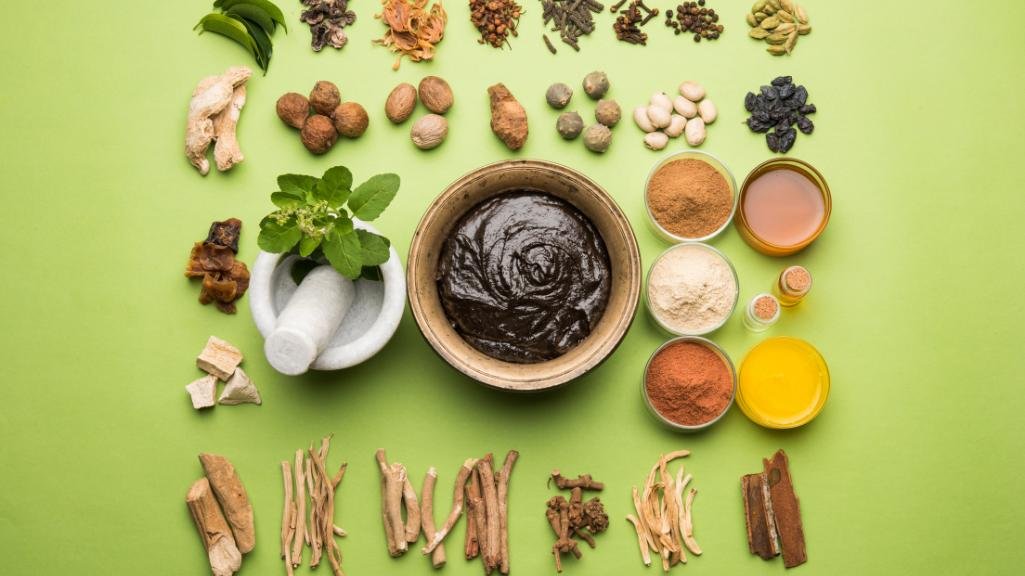Discovering the Health Benefits of Indian Herbs & Spices: From Ajwain to Clove
Adina Anderson
. 3 min read
India is a melting pot of different cultures, languages, traditions, music, art, and food. India is the land of spices. Fresh and dried spices & herbs available in the markets and the local shops. While the land of spices offers an abundance of fresh and dried spices and herbs available in local markets and shops, there are also apps that bring the convenience of spice selection and knowledge right to our fingertips. However, besides the great taste & mouth-watering aroma, the spices also prove to be useful for our body without us knowing about it. ” I’ve profiled some of the most used spices in India. These spices are used by the Indian households in their everyday cooking and their benefits for our health.

Introduction to Indian Herbs & Spices: Their Health Benefits
These spices are used by the Indian households in their everyday cooking and their benefits for our health.
1. Ajwain Seeds or Carom Seeds
Pronounced as aj-wine, these small seeds are known for their medicinal value, especially in curing digestive problems. In India, many medicinal concoctions use carom seeds, but a small amount can be added as a flavoring agent while preparing the dough for Indian flatbreads like poori (deep-fried Indian flatbread) and layered flatbread paratha.
2. Bay Leaves
Indian bay leaves are known for their flavor and fragrance. Not to be confused with the bay laurel leaf, Indian bay leaves, popularly known as tej patta, are used in the dried form widely in curries, biryanis and korma. This aromatic leaf is also used in garam masala. Make sure you use these spices in these delicious Indian main dishes.
3. Black Pepper
The Black pepper holds a unique space in the average North American home. It’s the only spice that finds its way into nearly every single dish. Peppercorns get their telltale bite from a chemical called Piperine that is found in the fruit and seed of the peppercorn.
Peppercorns are actually the fruits of a flowering vine in the Piperaceae family. The green, wide-leafed vines grow long tendrils where cylindrical clusters of the berries ripen. The fruits are small containing a thin skin, very little actual fruit, and a single large seed. The fruits are picked at varying degrees of ripeness depending on the strength and type of pepper desired and then processed accordingly
4. Black Stone Flower
Black Stone Flower is one of the most unusual spices in the Indian repertoire. It is a rare dried flower and a dominant spice in all Chettinad preparations. Black Stone Flower or Dagad Phool is a soft brown and black coloured lichen that gives the signature black color to various masalas like Goda Masala/Kala Masala. It is an edible lichen flora (a type of fungus), which grows on trees, rocks and stones. When used in small quantities, it imparts a strong woody aroma and flavor to the preparation. For better results it should be roasted in a little oil to release its full aroma.
5. Cardamom (Green and Black)
With a muted green shade, green cardamom pods are smaller than black pods, which are actually dark brown. Both spices carry many potential health benefits and are common remedies in Indian and Chinese medicine. Black cardamom, which purportedly aids digestion, has been used to treat asthma. Meanwhile, green cardamom is a traditional sleep aid.
6. Caraway Seed
They are a good source of dietary fiber. They are used as tea and as a seasoning. It contains various essential vitamins like A, E, C as well as a number of B-complex vitamins. They remove harmful free radicals from the body. It is known to be a really effective treatment for cough.
7. Clove
Cloves are antibacterial, anti-fungal and antiseptic. They're a powerhouse of antioxidants and are rich sources of minerals, omega-3 fatty acids, fiber and vitamins and minerals. Clove oil is one of the richest sources of antioxidants. In aromatherapy, it is used as an antiseptic and pain reliever especially for toothaches and stomach pain.
Significance of Indian Herbs and Spices
1. A lot of India-based and overseas research has shown that primary Indian herbs like cardamom, turmeric, cinnamon, garlic and coriander help control LDL (bad) cholesterol, triglyceride and blood sugar levels. This results in lower blood pressure, lower risk of blood clots, and prevention of diabetes, all of which are a gateway to heart disease and stroke.
2. The Holy Basil (Tulsi), Ginger and Neem are known to prevent cancer by increasing antioxidant activity, killing cancer cells and preventing the spread of cancer to other cells. Laboratory trials of ‘amla’ extracts have shown their ability to kill and prevent the growth of cancer cells while not harming healthy cells.
3. The era of Covid-19 has seen spiked consumption of spices and herbs based health drinks and concoctions for providing these health benefits and immunity. The present chapter deals with the characteristics of some important Indian spices, their usages, active components present in them along with exploring their health benefits.
Conclusion
In conclusion, Indian herbs and spices not only enhance the taste and aroma of food, but also offer numerous health benefits. From aiding digestion to preventing cancer and reducing cholesterol, the benefits of Indian spices are being increasingly recognized and utilized in modern times. The diverse range of spices used in Indian cuisine reflects the country's rich cultural and culinary heritage, and has made India a hub for spice production and export. With their unique flavors and medicinal properties, Indian spices continue to be an important aspect of both traditional and modern cooking.
.jpg)
.jpg)